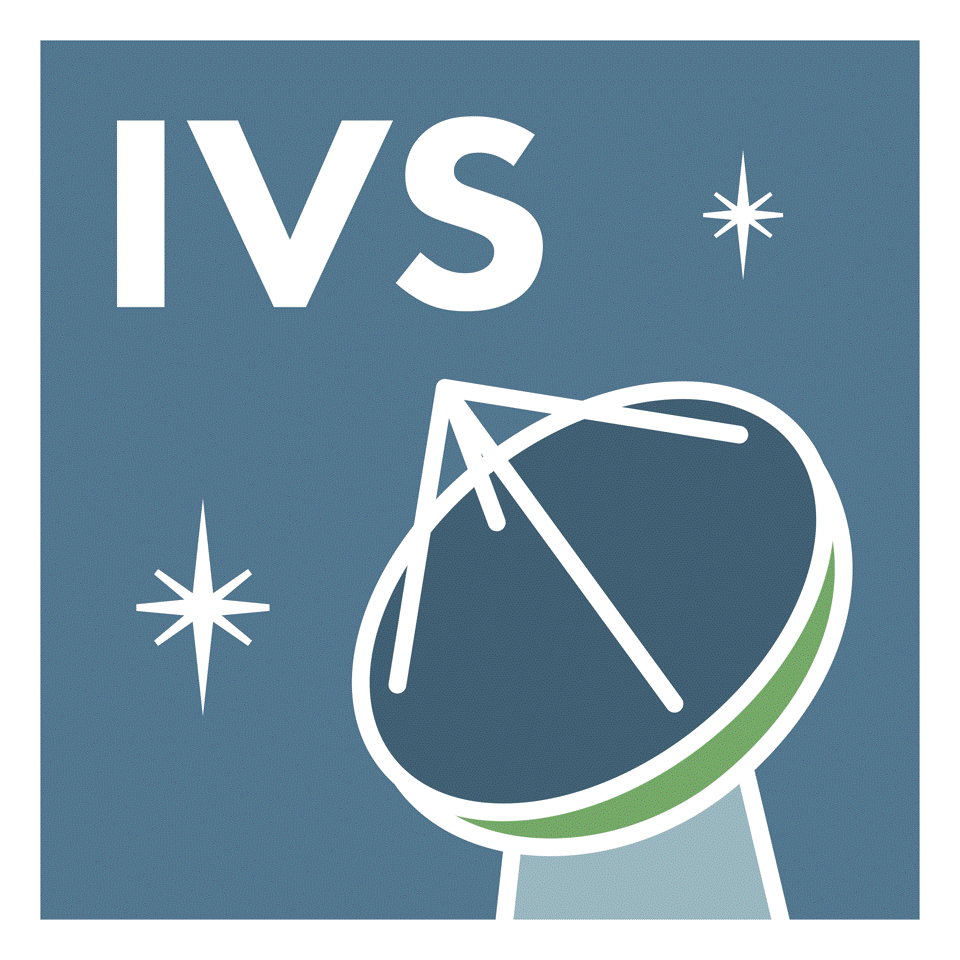|
| About IVS | Observing Program | Network Station s | Data&Products | Analysis | Technology | Publications | Meetings |
IVS TechnologyVGOS System DevelopmentThe current VLBI system (S/X system, legacy system) was conceived and constructed in the 1960s and 1970s. Aging antennas, increasing radio frequency interference (RFI) problems, obsolete electronics, and high operating costs make it increasingly difficult to sustain the current level of accuracy, reliability, and timeliness. Recognizing these shortcomings, the IVS has been developing the next generation VLBI system, commonly known as the VLBI2010 system. It is envisaged that the VGOS system will replace the current S/X system in the next several years. The development work has been underway since 2005 when the IVS Working Group on VLBI2010 (WG3) formulated and published its vision paper VLBI2010: Current and Future Requirements for Geodetic VLBI Systems . Following the final report of WG3, implementation work was done encompassing theoretical studies and simulations, proof-of-concept investigations, and eventually hardware development and construction work.
Recognizing the need to streamline the various development efforts and to coordinate the individual VLBI2010 projects, the IVS Directing Board created two separate but intertwined bodies: Several national VGOS projects are underway in various stages of accomplishment. The next-generation IVS network is slowly evolving. An overview of the various VGOS projects and how the network will evolve over the next several years is given in the Network Development page. Various reports and papers have been published about the VGOS system. Likewise it has been the subject of a number of presentations (talks and posters). Please find an (incomplete) compilation of the various documents on the Documents page.
|
|||||||
|
Back to Top
Last Updated: |


